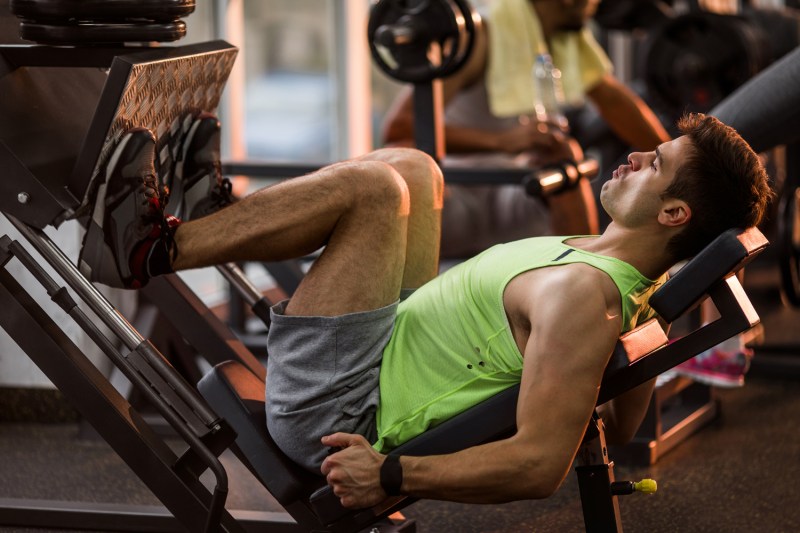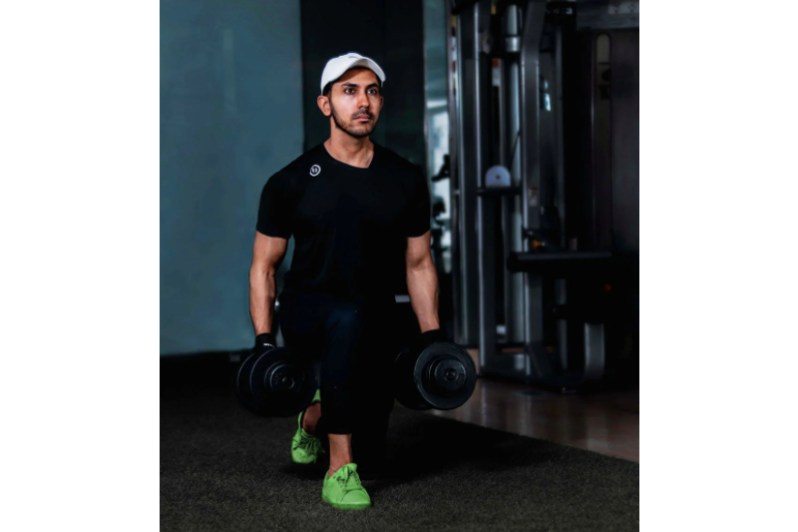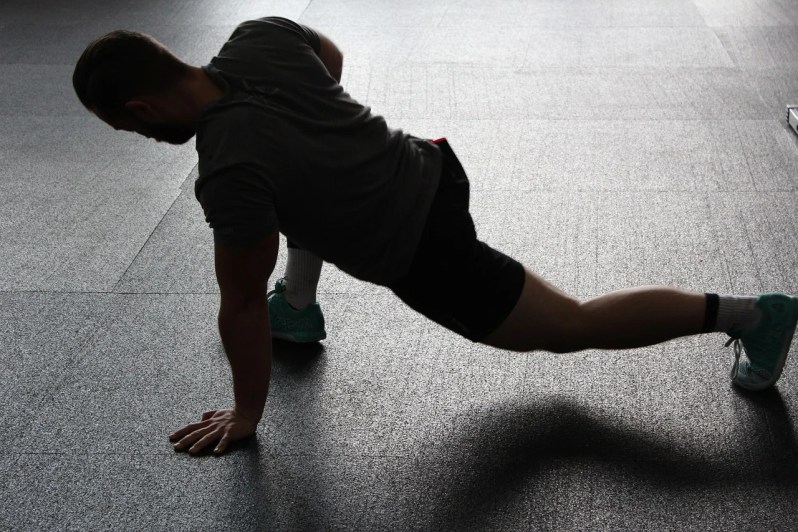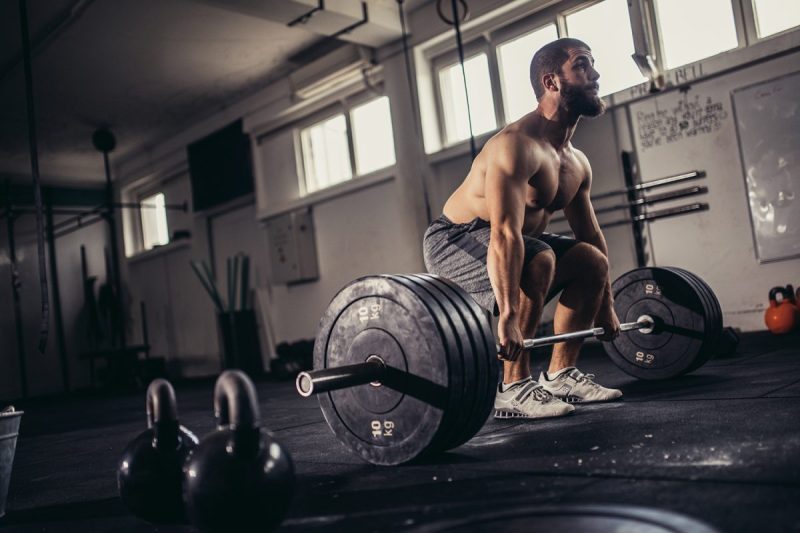Take a scroll through your favorite social media fitness influencer’s feeds and you will find a vast majority of them that preach about doing workouts for the peach. Glute work has been receiving a lot of love in recent years, especially online, and for good reason, too. One of the biggest, quite literally in life and on the silver screen, proponents of a good and proper booty burn just so happens to be none other than Dwayne “The Rock” Johnson.

Take a look at his mind-blowing, vasodilated leg days and you will find him starting off most of those sessions with some heavy, barbell-loaded hip thrusts. By doing so, he is able to activate and really fire up the glutes, getting his lower body primed for the rest of his intensity-filled leg days of legendary status. So, while doing direct glute work is nice for aesthetics, there are other reasons why you would want to train them. But, don’t just take it from us.
Enter the strength pro
We were able to get some input from a strength expert, and he shared his opinion about the importance of glute training. Chris Travis, NASM-CPT, is a passionate and certified personal trainer and the business owner of Seattle Strength & Performance. Travis knows the significance of training, whether you’re 10 or 80 years old, with a heavy emphasis on strength training. His goal: to make strength training accessible and welcoming to everyone.
Why you really should be training your glutes

Here are some of the reasons why you want to start putting a larger emphasis on the glutes. (Hint: it makes everyday life that much easier.)
Why is glute training so important — beyond looks?
The gluteal muscles represent the biggest muscle group in the human body. These muscles help to stabilize your hips and torso, assist in locomotion, and help to extend the hip as well. They play a vital role in your everyday life. Strengthening these muscles helps your entire kinetic chain, notably the posterior chain, and contributes to stronger endurance and better pain prevention in daily life. Particularly if you are working a job that is primarily sedentary, it’s easy for your glute muscles to become weak and under-utilized. Over time, this can lead to muscle imbalances and negatively affect the way you move throughout the day.
“I like to think about the glutes as the motor of your body — the stronger they are, the better you move, and the more they can engage and utilize the rest of the muscles in your body for increased strength and stamina,” says Travis.
Why should men be training glutes as most women do?
Strengthening your glute muscles can help you in a significant way. You can see an improvement in things like better posture and decreased lower back pain, and it can help to prevent injuries to certain joints, like the knees, that can become injured due to poor glute engagement that affects walking biomechanics. Not only that, but you can see noticeable gains in all of your life’s activities.
Whether you are playing basketball on the weekend, going on a hike or run, playing golf, or just hitting the gym to increase your max deadlift, increased glute strength can help you to considerably generate more power and increased performance in these activities, while also decreasing your risk of injury. Putting it simply, your overall quality of life can be drastically improved.
What are some key tips guys should know when adding in glute training?
You want to think about engaging in hip dominant movements that activate your lower body posterior chain muscles, which include the glutes and hamstrings, as well as considering the lumbar back extensors as well. Exercises such as deadlifts, single-leg deadlifts, kettlebell swings, Romanian deadlifts, hip thrusts, and single-leg hip thrusts are all good options. Travis also recommends training your glutes directly using resistance bands and doing exercises such as quadruped kickbacks, fire hydrants, lateral band walks, and clamshell exercises.
How to build your glute workout

Now that you have the basics down, here is a simple formula to follow that will enable you to get the most out of your glute-based workouts.
Warm-up: Mobility | Dynamic movements
- Example:
- Mobility: Floor glute bridges
- 8-10 repetitions
- 2-3 second holds at the top of each rep
- Dynamic Stretch: Worlds Greatest Stretch
- 2-3 repetitions per side
- Hold each stretch position for 5 seconds
- Dynamic Movements: A-skips, butt kicks, and lateral shuffles
- 5-10 yards
- 2 times
- Mobility: Floor glute bridges
Workout: Power | Core Primers
- Example Superset: 1a + 1b (1-minute rest between supersets)
- 1a Power: Kettlebell Swings
- 8-10 repetitions
- 2-3 sets
- 1b Core: Plank Shoulder Taps
- 8-10 repetitions on each side
- 2-3 sets
- 1a Power: Kettlebell Swings
Workout: Legs
- Example:
- Barbell Hip Thrusts
- 8-12 repetitions
- 3 sets
- 45-60 seconds rest
- Superset: 1a + 1b (1-minute rest between supersets)
- 1a – Barbell Squat
- 8-12 repetitions
- 4-5 sets
- 1b – Dumbbell Walking Lunges
- 6-10 lunges each leg
- 4-5 sets
- Rest 60 seconds between sets
- Barbell Hip Thrusts
Glute Finisher
- Example:
- Single leg work: Single leg glute bridges | Fire hydrants
- 30-50 repetitions on each leg
- Single leg work: Single leg glute bridges | Fire hydrants
Takeaways

For guys specifically, it’s easy not to think about the benefits of training your glutes when you’re in the gym, but by not doing so, you’re missing out on valuable ways to improve your life and activities you love. Think about glute training not just from an aesthetic perspective, but from a functional one as well. That being said, it’s never a bad thing when you look great in a pair of jeans or pants from behind, either. Trust us, women notice that kind of thing, too.



